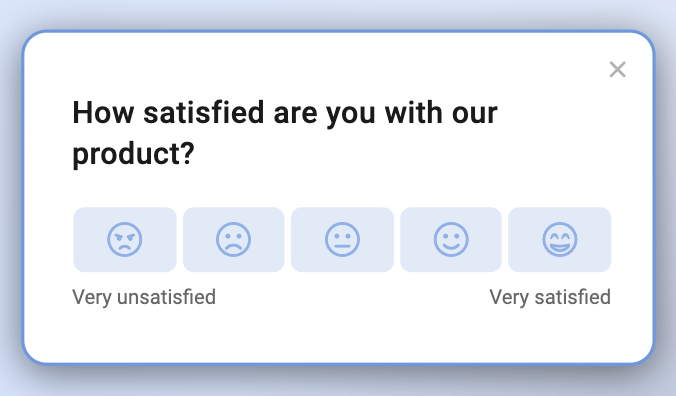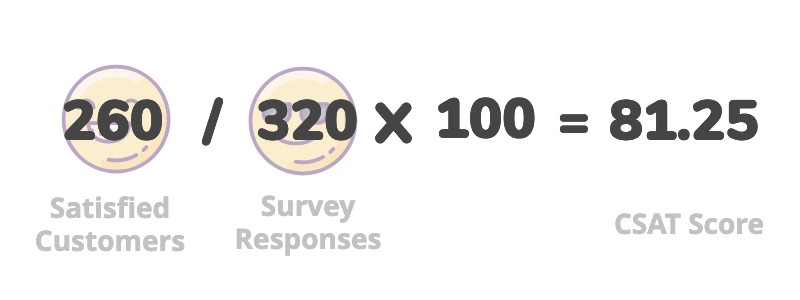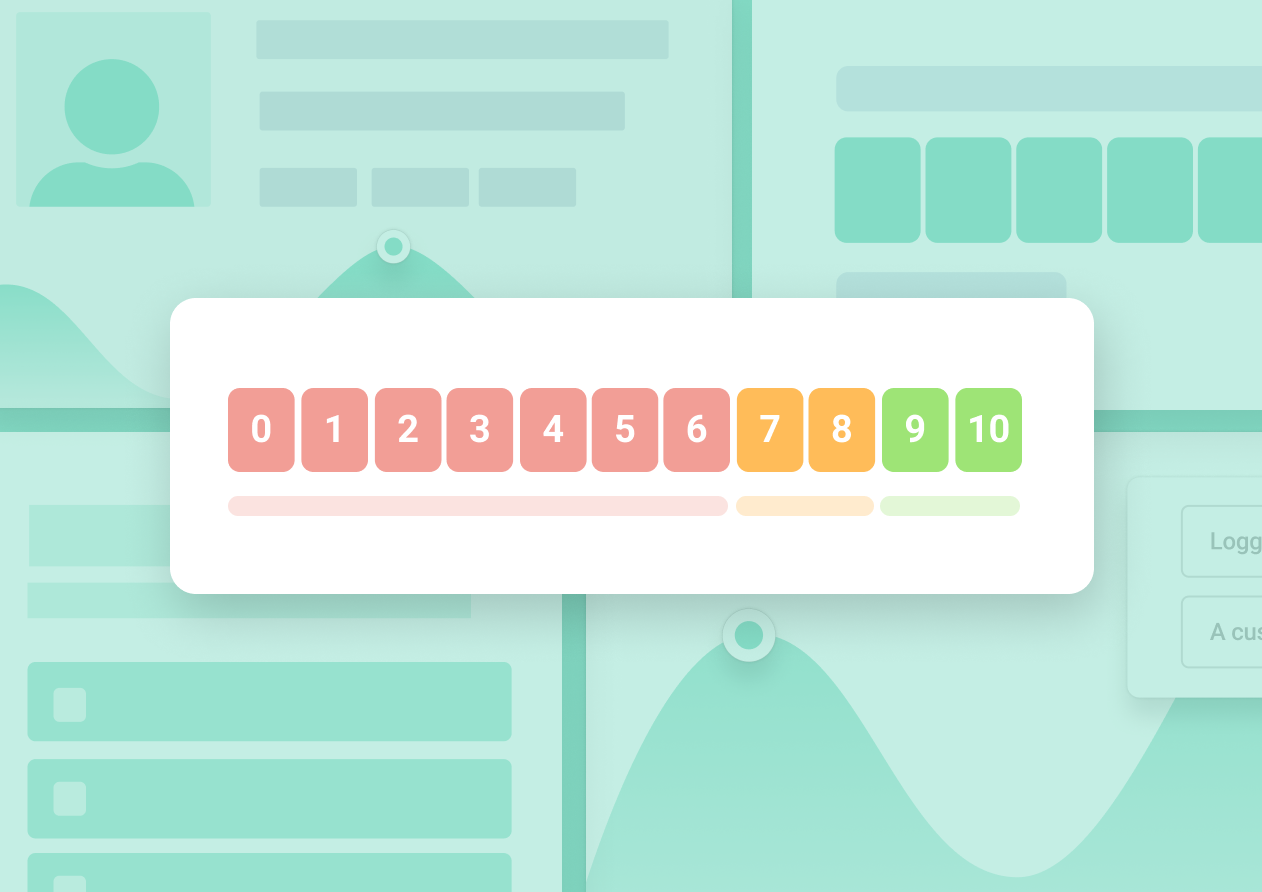CSAT Formula: How to Calculate CSAT Score
In this guide, I’ll show you the exact CSAT formula and explain how you could calculate your customer satisfaction score (also using Excel.)
CSAT is beyond incredible at revealing some harsh truths about your business – From how well you meet customer’s needs to whether your product has any future at all, and a lot more in between.
But to know all that, and more, you first need to figure out and calculate your CSAT.
Below, I’m showing you exactly how to do it.
Calculating Your Customer Satisfaction Score – The CSAT Formula
I wrote (and firmly stand by) these words in my complete guide to CSAT:
“No company can last without satisfied customers. Unless people enjoy what you sell and enjoy dealing with your company, your business stands little to no chance to flourish and grow.”
It’s so true, isn’t it?
But the thing is – We often have no idea about how satisfied our customers are.
- We assume that since orders keep coming in, everything is fine.
- We see good reviews and never think about the people who, for one reason or another, might have decided not to share their negative comments (but do have them!)
- And we rarely stop and wonder if customers really perceive our product the way they think we do.
CSAT is one way to uncover all these insights, and more. This simple metric allows us to see the business or product from our customer’s perspective. Granted, CSAT can deliver some harsh truths too, but in the end, it’s what we need to learn sometimes to be able to look at what we’re building more objectively.
(By the way, if you’re unsure about what CSAT is and how to use it, check out my complete guide to the customer satisfaction score. Once you’ve read it, come back to this page to learn how to calculate it for your product.)
Before I show you the CSAT calculation formula, I need to cover one aspect of the score that’s pertinent to the metric.
CSAT is based on a single, close-ended, and qualitative question. It looks like this.

Note – You might have seen slight variations of this question. But whatever the company was asking about, they, most likely, used a question that follows or closely resembles the example above.
What’s important to understand about it is that CSAT uses a simple rating scale to collect answers. Each response in CSAT has a corresponding numerical value (*), making it incredibly easy to calculate.
(*) The example above uses icons to collect responses but it’s perfectly fine to also use a scale of 1-5 instead. In either case, each response has a value. Typically, the lowest value equals “Very Unsatisfied” and the highest (or the rightmost icon) is its complete opposite – “Very Satisfied.”
To calculate your CSAT, you need to uncover the percentage of satisfied customers in your customer base.
This is how to do it.
- First, find out the number of satisfied customers. You do that by adding up all respondents who answered the survey by selecting either 4 or 5 (or corresponding icons.)
- Second, you need to divide that number by the total number of respondents.
- Multiply the result by 100 to get the percentage value.
- The resulting value is your CSAT score.
So, for example, let’s say that a total of 260 people responded with either “satisfied” or “very satisfied” (or clicked on one of the two rightmost icons on your CSAT survey.) This means that the total number of your satisfied customers is 260. But that’s not your CSAT score, of course.
To calculate the actual CSAT score, we need to figure out what is the percentage of these people among your all customers.
But there is a problem, right? We’re working with a sample of your audience only, the people who have responded to the survey. So, when calculating CSAT, we use the total number of survey responses as the baseline for your audience size.
In other words, instead of including the total number of customers you have, we only consider the people who completed the survey.
Using the formula above, we calculate what percentage satisfied customers form among your entire audience.

In this case, the number is just over 81%.
But is that a good CSAT score? Let’s touch on this briefly.
How to determine whether your CSAT score is good?
First, let’s talk about the term – a good CSAT score. Is the highest score possible good? And following this logic, is a low score bad? It seems only logical but how low is too low, for example? Is a score in the 50’s bad?
These are common questions. CSAT score is just this, a number. It is open to interpretation, and it’s only normal that founders get confused about the scores their companies are getting.
So, let’s take a closer look at different score ranges and discuss what they *could* mean for your company.
CSAT between 0 and 40% signifies that the majority of your customers aren’t satisfied with your product, company, or the customer experience you provide. To get scores in this region, the number of satisfied customers must be far lower than the total number of respondents.
And there probably is no confusion about these scores – They are bad. Most of your customers confirm that something is missing, after all. The next step for you is to figure out where your company falls short, and come up with a plan to improve those areas.
In practical terms, this means collecting more customer feedback, and even turn to individual interviews to dig deeper into reasons for customer dissatisfaction.
CSAT scores between 41% and 60% mean that your customer base is split roughly half half between satisfied and unsatisfied customers. By far and away, this isn’t a bad score but it certainly isn’t an ideal one. That said, depending on your industry, it might also be a standard. Consider airlines, insurance companies, telecomms, and the like. What are the chances that you’d rate them highly after spending an hour being on hold or facing the horror of rebooking your flight without being able to talk to a person?
So, depending on your industry, these might be good or even, common scores.
Nonetheless, it’s still a good opportunity to collect more feedback and find out how you could take customer experience further.
CSAT scores above 61% are seriously good. In this case, more than half of your customers (or more) are satisfied with you. Naturally, this is the range to strive for if you’re not there yet.
| CSAT score range | Meaning | Next actions |
| 0-40% | Most of your customers are dissatisfied. | In-depth research into causes for dissatisfaction. Immediate action to remediate. |
| 41% – 60% | Customer base is split half and half between satisfied and unsatisfied. | Customer interviews and research to uncover both what the company does well and where you’re falling short. |
| 61% – 100% | Most of your customers are satisfied. | Research to identify areas of satisfaction to maintain and improve those results. |
How to evaluate customer satisfaction further and improve CSAT scores
In the previous section, we’ve broken down the most common CSAT scores and discussed what they could mean to your business. And so, you know that, in case of falling in either of the lower ranges, you might need to conduct some extensive research to uncover what’s wrong.
But what research do you do, then? Not CSAT again, of course. That insight you have already.
In this case, you need to start evaluating customer’s attitudes towards different aspects of your business. Luckily, there are are several other survey types that could help you uncover those insights:
- Customer Effort Score (CES) can help you identify product features that your customers might find the most challenging.
- Product research and product surveys can help you iterate your idea to a point where it meets the customer needs.
- Product-market fit surveys can help you uncover similar insights too.
- Finally, user experience (UX) surveys can help you understand how customers perceive your product so far.
Want to run any of those surveys and more? Check out Refiner, our customer feedback software for SaaS and digital products. Free trial available.









